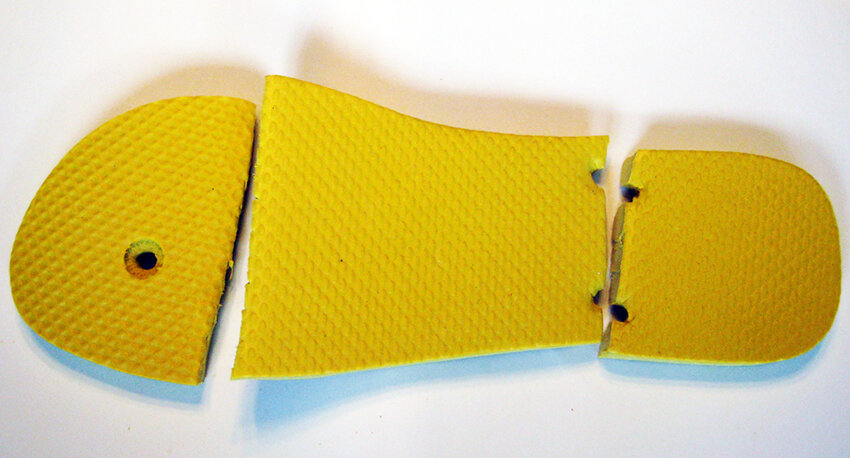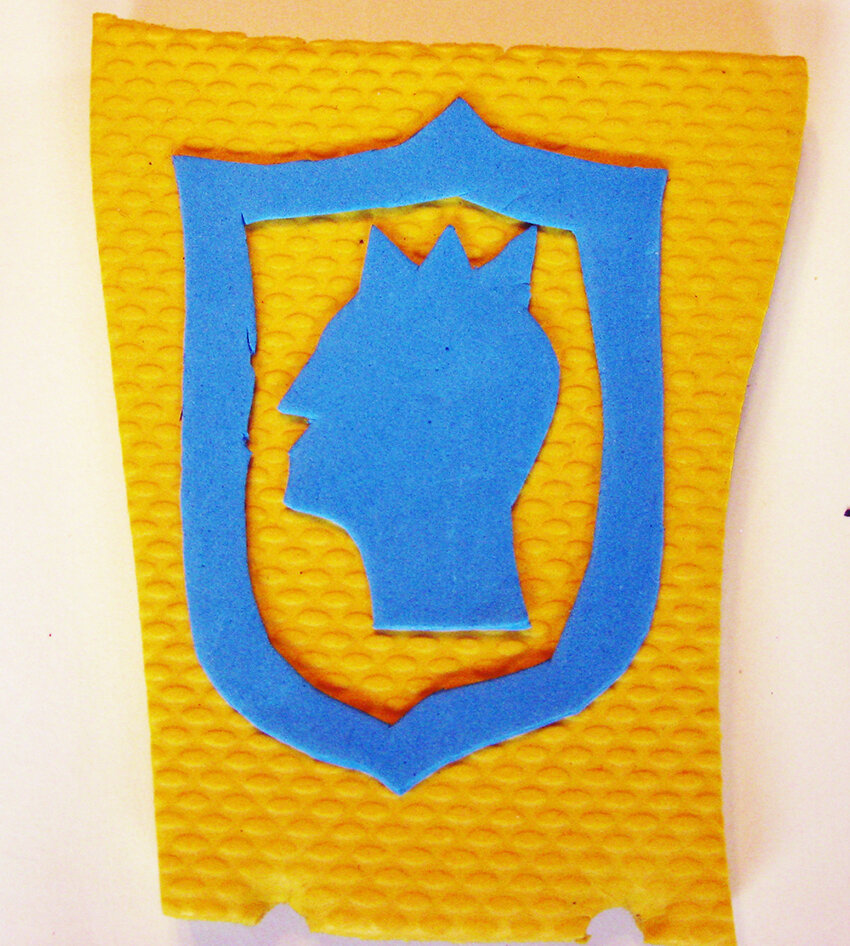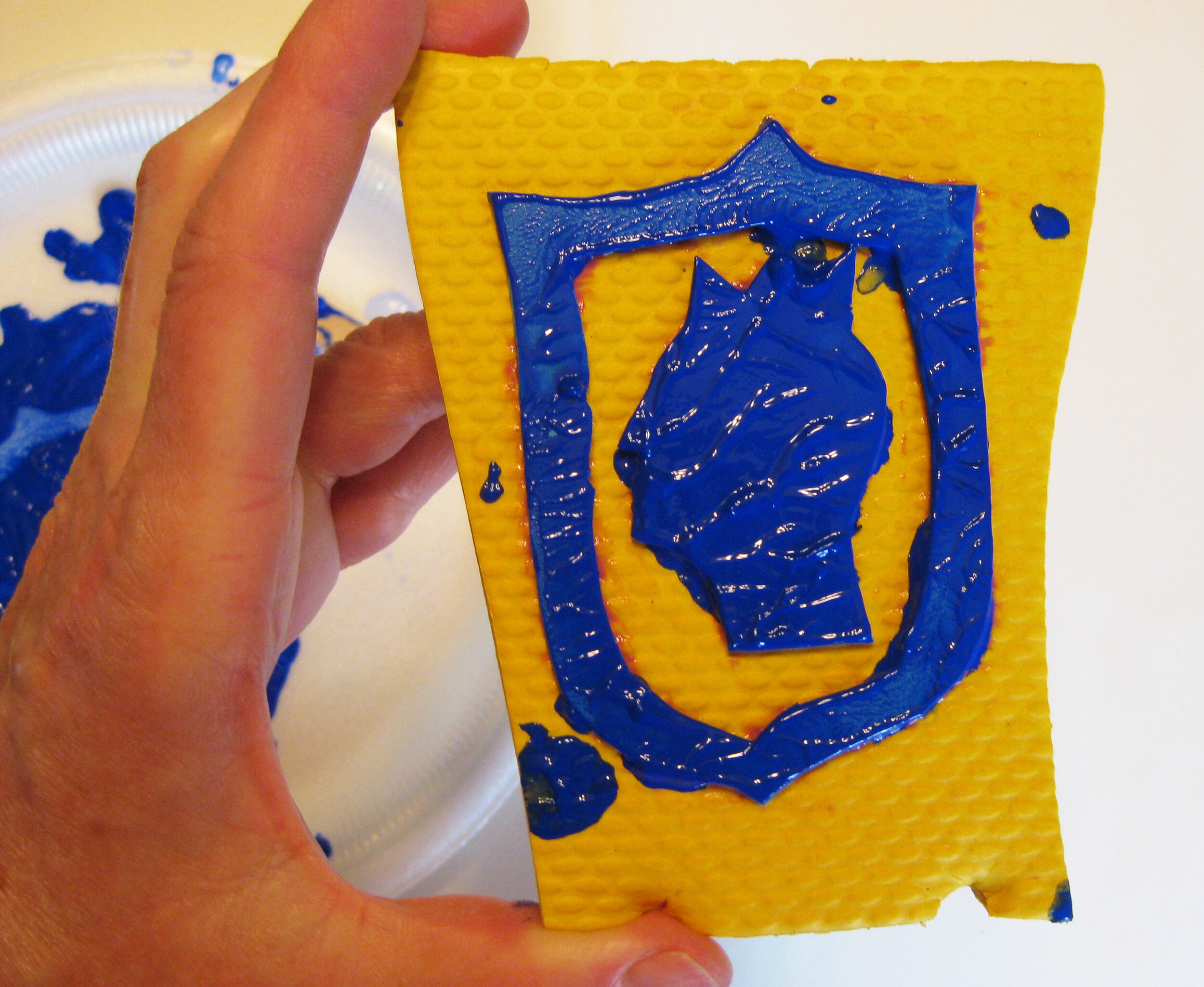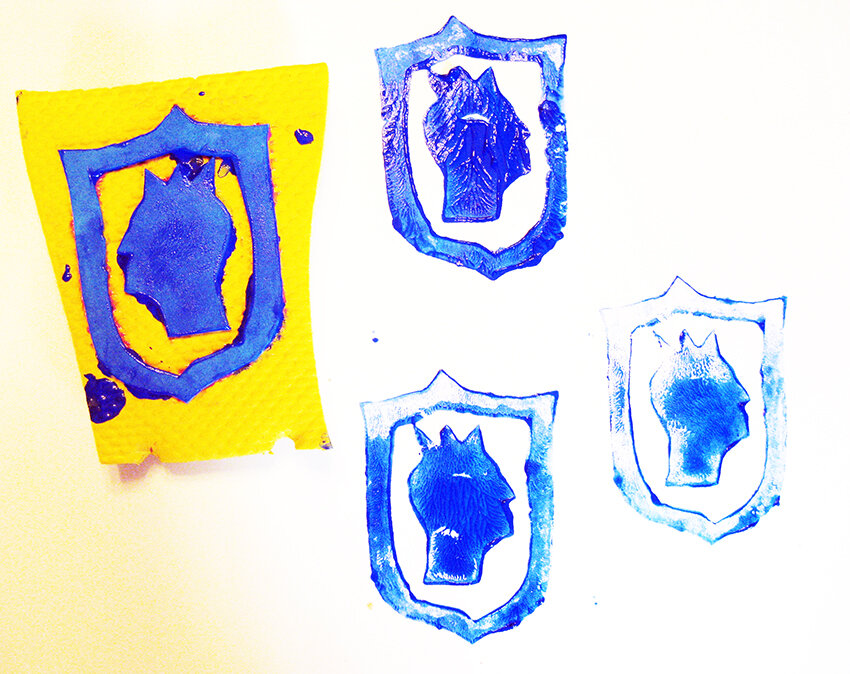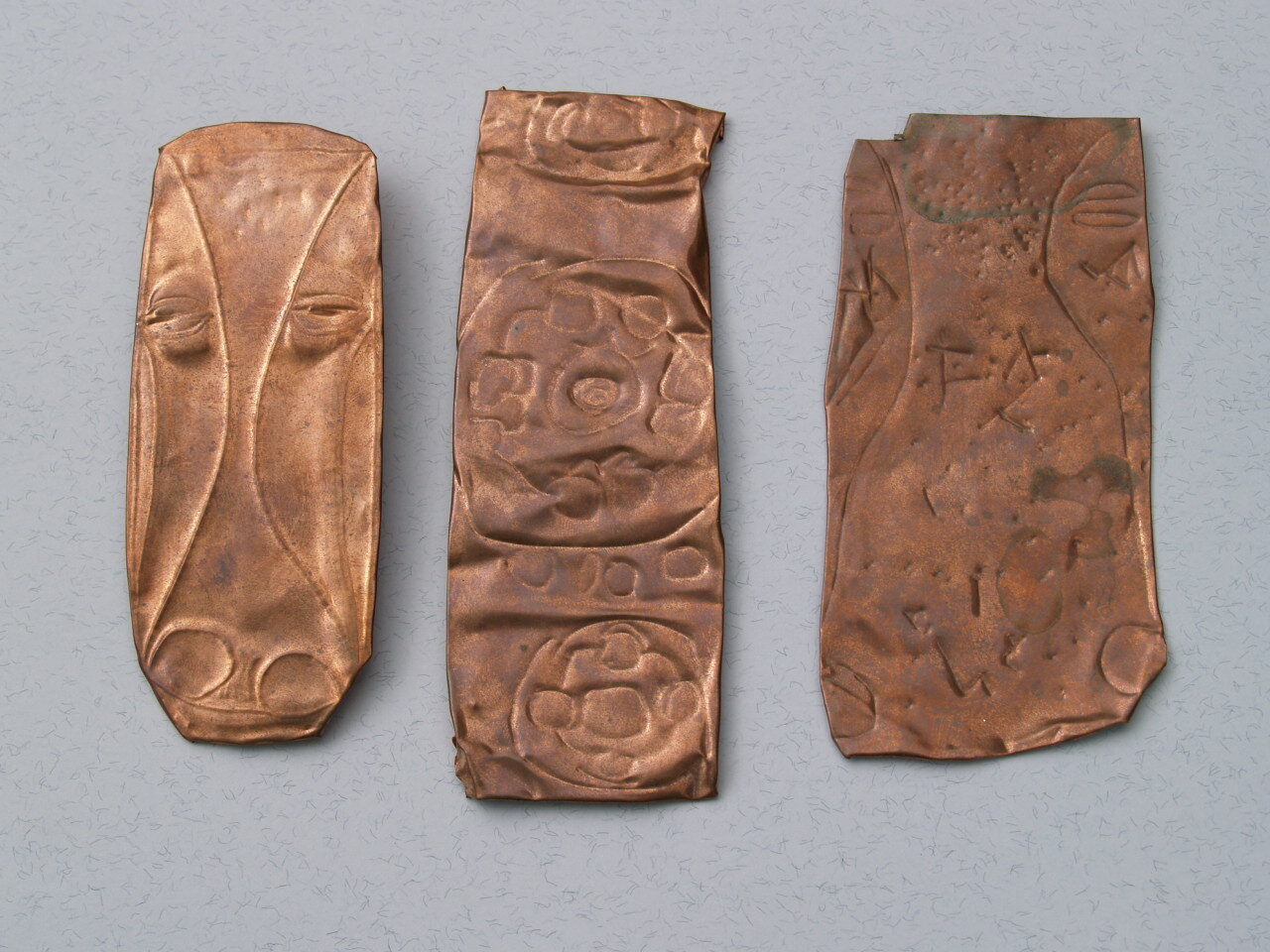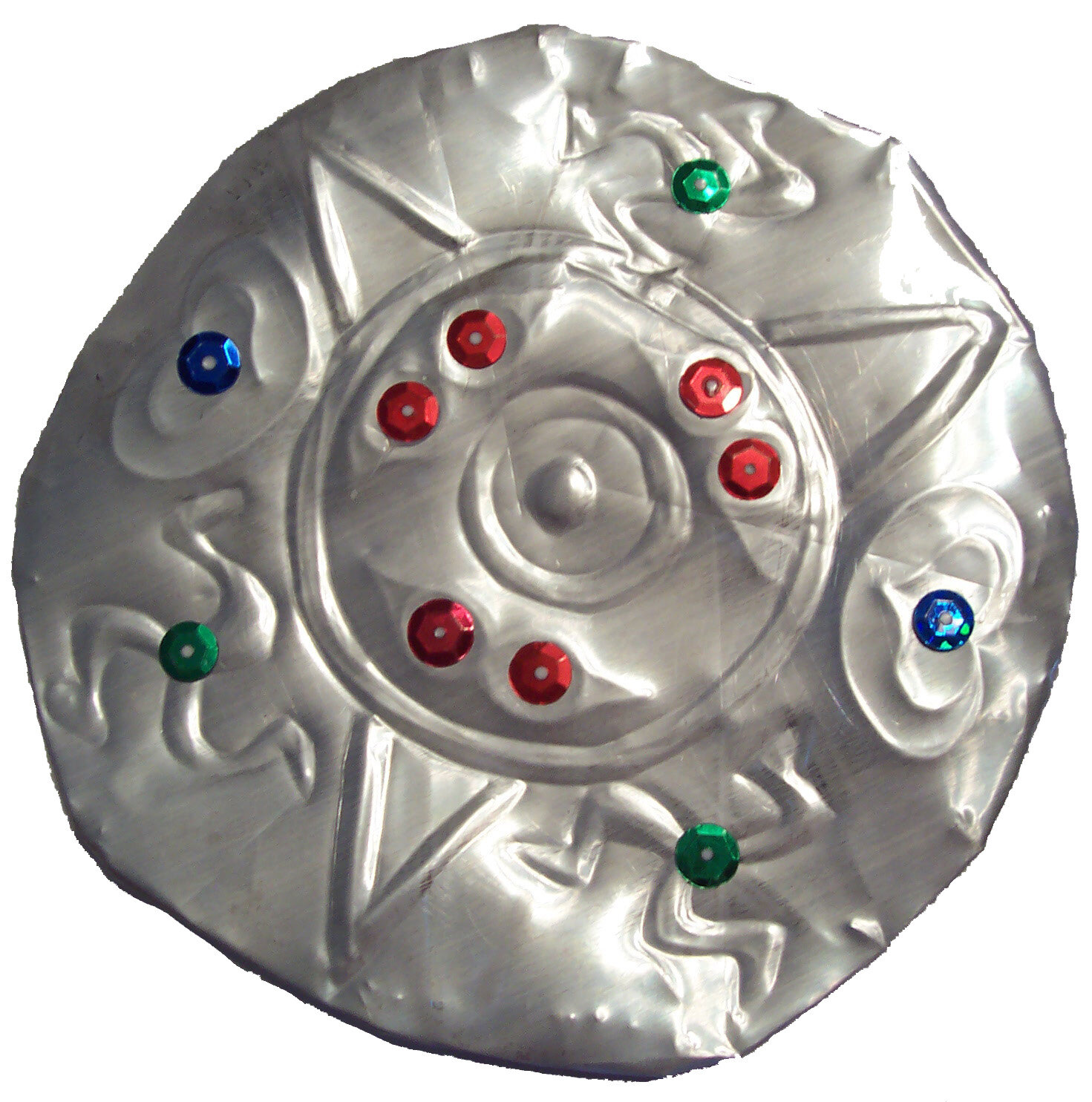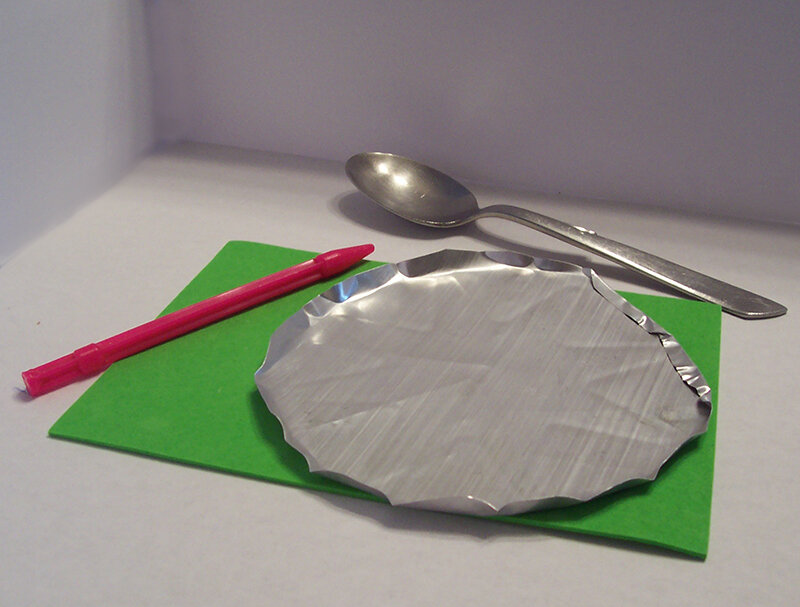In my book Micronations: Invent Your Own Country and Culture, I show you how to design a country around a theme of your choosing. Micronations are imaginary countries that have a lot of the same things as real ones: laws, customs, history-even their own flags, coins, and postage stamps. The documents, symbols, and other physical artifacts you create tell the world what your country is about.
You can find out more about the book and print out a PDF of this project at the Nomad Press website.
Get your softcover copy from Nomad and shipping is free through April!
Once you’ve come up with ideas for symbols for your country, you can use them to make your micronation’s official coat of arms and a seal. For example, the Great Seal of the United States shows an eagle holding arrows symbolizing war in one claw and an olive branch symbolizing peace in the other.
Seals were originally designs pressed into a soft piece of wax with a mold. A seal put on a document shows that a person or government official has approved it. Today seals are usually stamped on with an inkpad or pressed into a piece of paper with a special tool so that it leaves a raised mark. This project makes a rubbery stamp for putting an inked seal on important documents.
Materials
paper and pencil
marker
craft foam
scissors
glue
piece of cardboard, flip flop, or blocks of wood small enough to fit in your hand
inkpad, or paint on a disposable plate
Start by sketching out your micronation’s coat of arms. First draw the outside border of your design. Make it thick like the frame on a painting. It can be a circle, a shield, or any shape you like. Then choose some of your micronation’s symbols and arrange them inside the border. Keep the symbols simple, and make sure they don’t touch each other or the outside border.
To make the stamp, copy your coat of arms onto a sheet of craft foam. To make the backing, take your cardboard, foam backing from a flip-flop shoe, or wood and lay it on the table with the stamping side facing up.
Cut around the outside shape of your craft foam seal. Turn it over so the drawing on it is facing down. You do that because your stamp must be a mirror image of the final version. Place it on the backing, then trace around it to show where it will go.
Carefully cut out the symbols of your seal from the craft foam. Glue the outside shape onto the backing, again making sure that the side with the drawing is facing down onto the backing. Then glue the symbols inside, also facing down.
When it’s dry, test your seal with a sheet of scrap paper before you put it on any important documents. Press it onto an inkpad or into a very small amount of paint poured onto a disposable plate. Then press it onto the scrap paper to see how it looks. If you want your seal to appear in different colors, you can carefully brush a thin coat of paint onto just one section or symbol at a time using the colors you would like for your coat of arms. You can also try swirling a few colors around on the plate, keeping them separate, for a multicolor effect.
This page may contain affiliate links. Thanks for helping me to keep producing great learning advice and activities for kids!



